Are you confused about the different types of trims and molding available for your home? Perhaps the words "trim" and "molding" are all that you know when it comes time to begin working with them, or maybe you don’t even know the difference between the two. No worries, to help you better understand conversations with a wall trim contractor and to enable you to communicate your exact wants with them, let's go over some tips regarding the difference between these items and everything else you need to know.
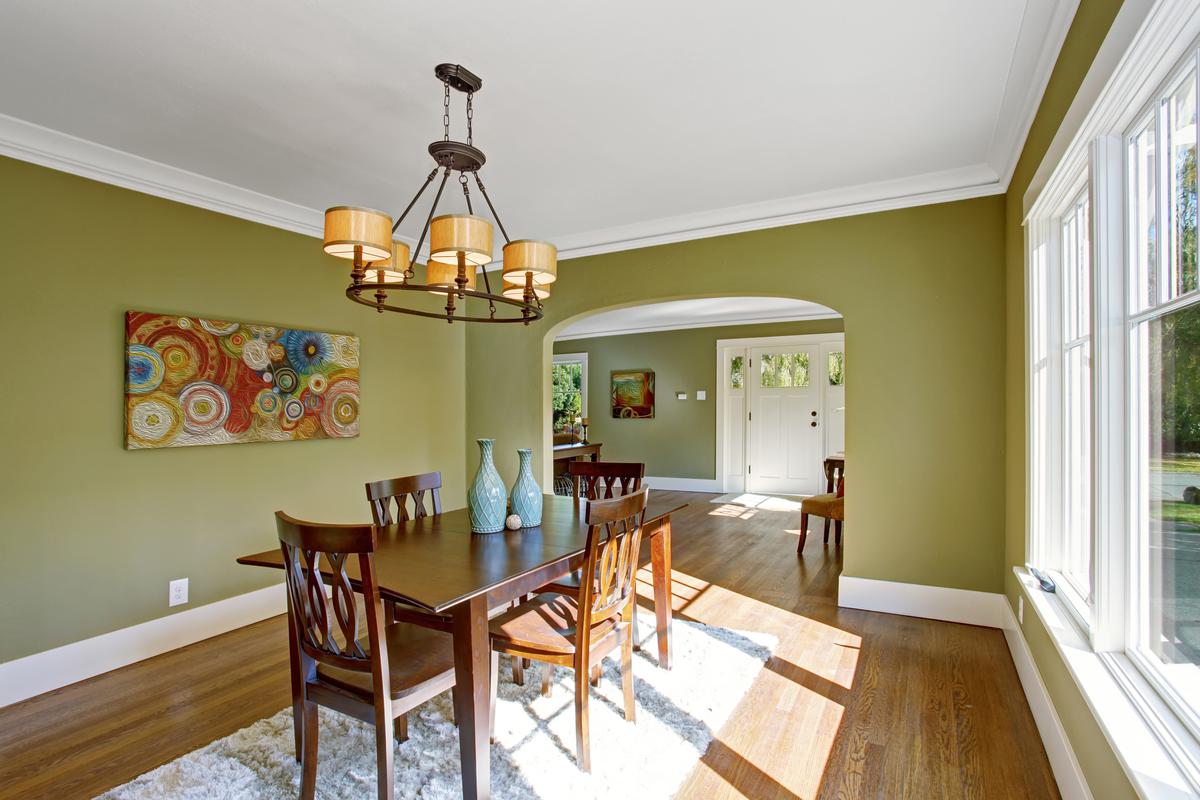
Well-placed trim or molding can transform the look of your home’s interior.
Because these terms are often used interchangeably, it’s easy to get the two confused - so let’s clear things up. Quite simply, ‘trim’ refers to all molding you may find in a home’s interior. In other words, door trim, crown molding, baseboard molding, and window trim are all considered trim. ‘Molding’ is just a fancier way of saying trim. But for historical context, the word molding has been used to refer specifically to any wood product made at a mill.
However, since molding is now made from many materials and not just wood, the word can be used interchangeably with “trim”. In practice, they both mean the same thing, although we must admit, crown molding on a high ceiling sounds a lot fancier.
Interior Crown Molding
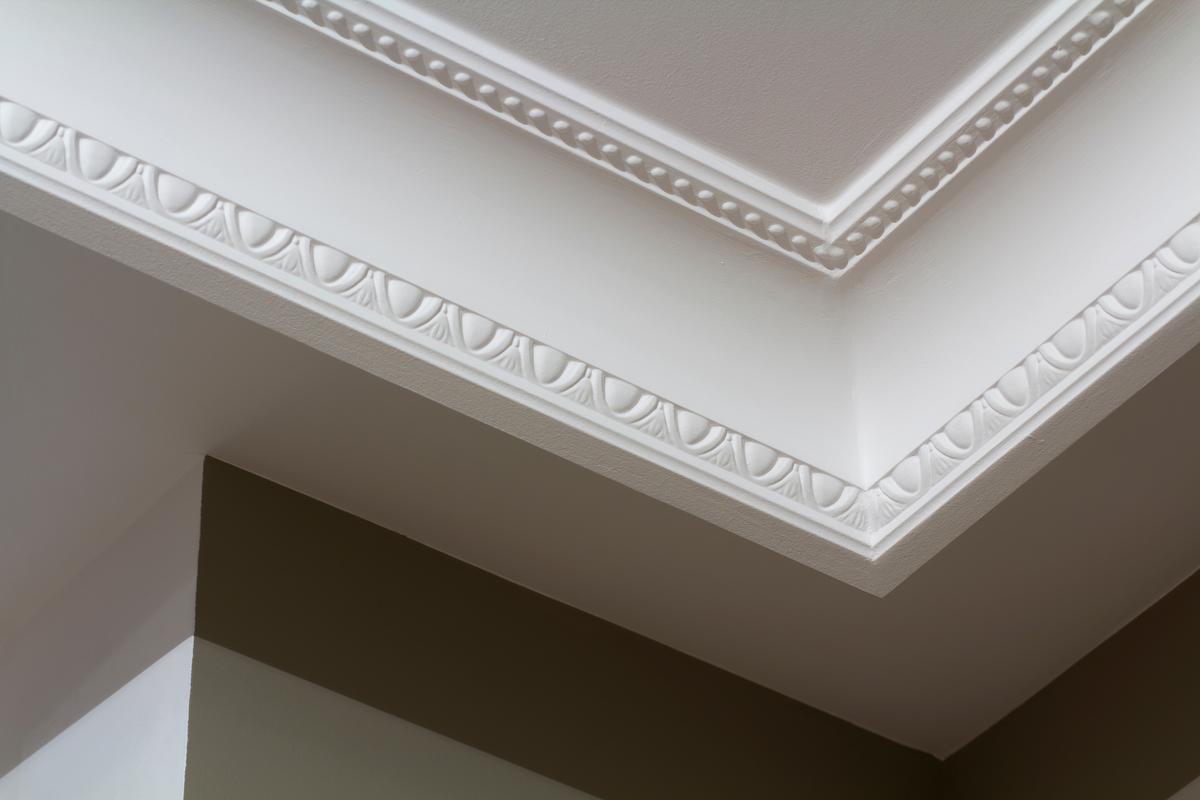
Crown molding is one of the classiest pieces of trim you can get.
Interior crown molding trim goes up high on the wall. This is why they call it "crown." Think of where you would put a crown on your room and you'll understand; it's where the wall and the ceiling meet. Interior wall crown molding comes in many different sizes and designs but is always placed at the point where the wall and the ceiling meet.
Base Molding
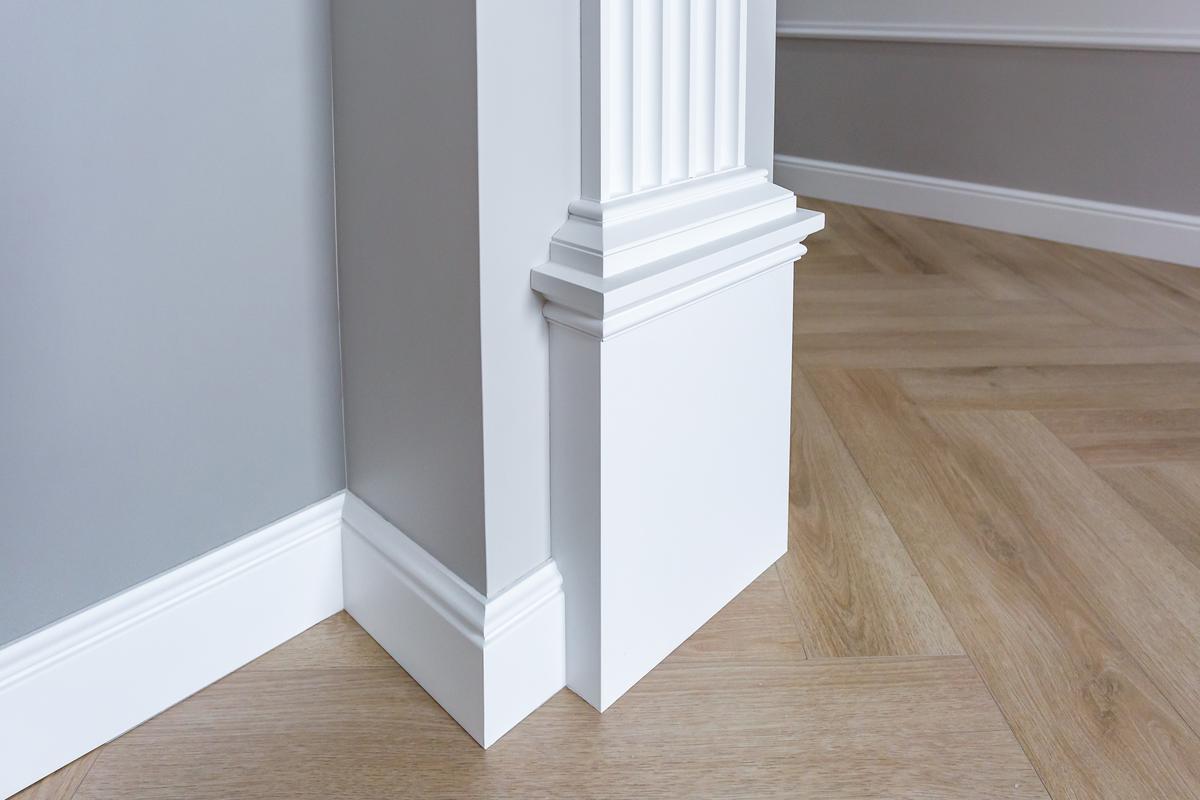
Well-placed base molding layouts perfectly accentuate your home’s interior features.
Base molding is aptly named due to the fact that it runs along the base of the room, meaning, where the wall and the floor meet. If you look around the room in which you're sitting you'll probably see base molding all the way around. This is to keep the wall from being scuffed and to hide the seam of the carpet or other flooring against the wall. Usually, interior trim and molding contractors will remove these when installing new flooring of any type and then reinstall them after the job is done.
Colors
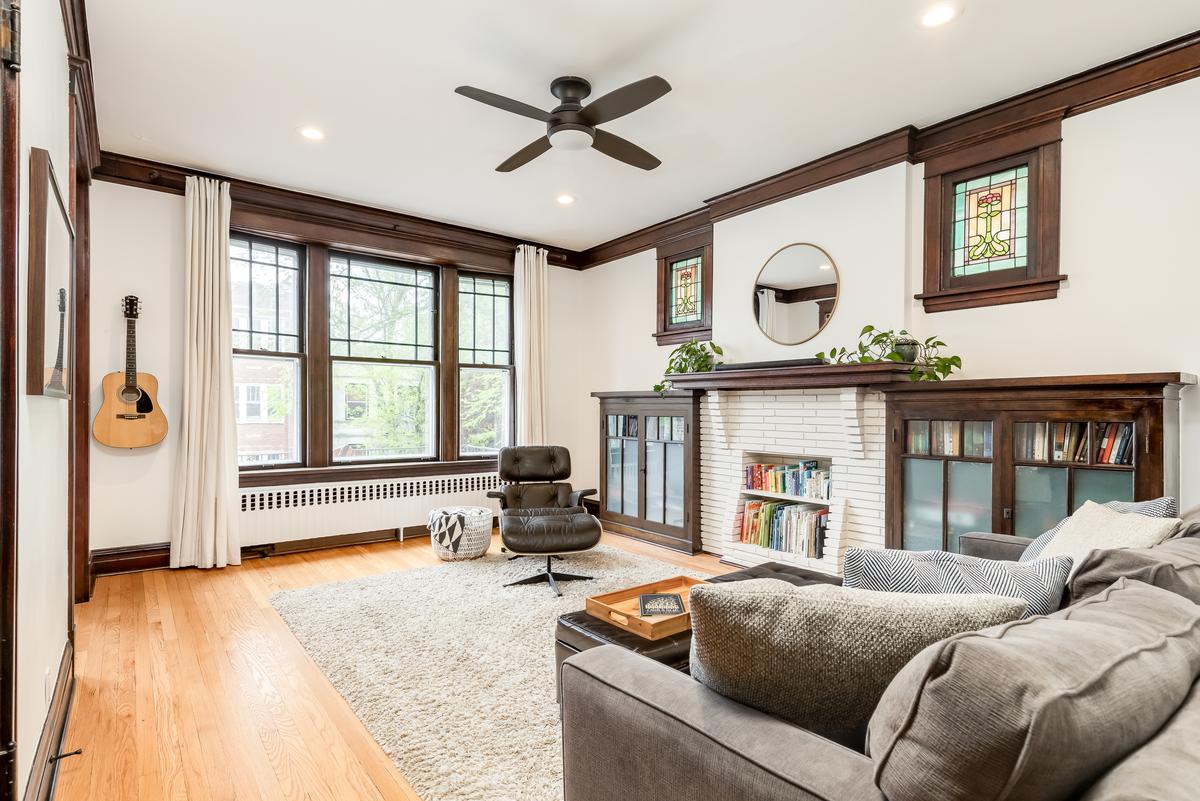
You don’t have to settle for standard white trim as there are many materials and colors to choose from.
Although white painted wood is the most common material for wall trim pieces inside homes, this doesn’t mean you can’t branch out and experiment with different materials and colors. Naturally colored hardwood is another option and can give a serene undertone to a sophisticated interior layout.
Darker colors are another compelling choice, especially if you’re in the market for a modern aesthetic. Darker trim provides a nice contrast with a lightly colored interior, adding intricacy to your ceiling design while still preserving a modern minimalist simplicity. A similar effect can be achieved with lightly-colored wall trim in a darker interior design. Additionally, you don’t have to settle for just wood trim. Composites and metal trims are also available and offer extra durability.
Window Trim
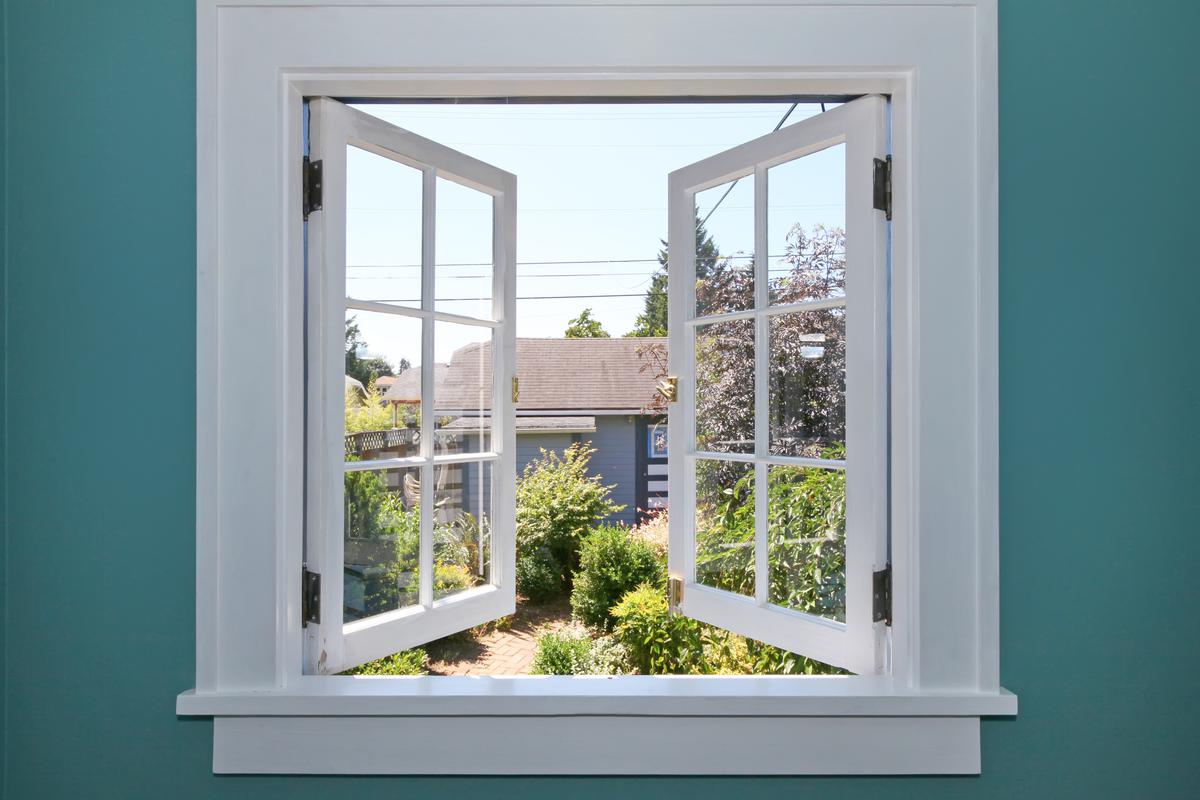
Line your window with beautiful trim to contrast with your interior design.
Do you know the stuff that outlines the windows on the exterior of your house? Yeah, that’s window trim. It functions as a way to conceal the gap between the windows and the outer layer material of your home, making for a seamless exterior, while also enhancing insulation by reducing temperature fluctuations. Your home will also have a lining on the inside that fulfills a similar function and this is referred to as casing.
Casing covers the gap between the windows and the drywall, keeping out weather and pests while adding style to your window installation. The casing is typically white and made of wood but it is also available in composite materials and a variety of colors.
Finishes
Another important detail you should bear in mind when choosing interior wall trim is what kind of finishes you want your trim to have. The good news is that your wall trim can have nearly any finish you can think of. It doesn’t matter what design style you’re going for; industrial, minimalist, bohemian, farmhouse, or even eclectic, there is an appropriate trim finish matching each style.
There are also different options depending on what kind of material you end up choosing. MDF (medium-density fiberboard) is a high-grade composite that is pre-primed. This means that it is a perfect material for painting as it will make for a consistent and evenly painted finish.
Durable woods such as oak and pine will also yield beautiful finishes if they are primed and painted. However, a clear coating is also a good option as it shows off the beautiful distinctive grain of the hardwood. Varnishing or staining the wood will only enhance this natural beauty. If you’d rather not deal with moisture-vulnerable wood, however, PVC is another viable alternative since it can be made to mimic wood and is impervious to water. PVC also does not crack, warp, or chip in the ways that wood can, all while still giving a similar finish to the wood.
How To Work With Moldings
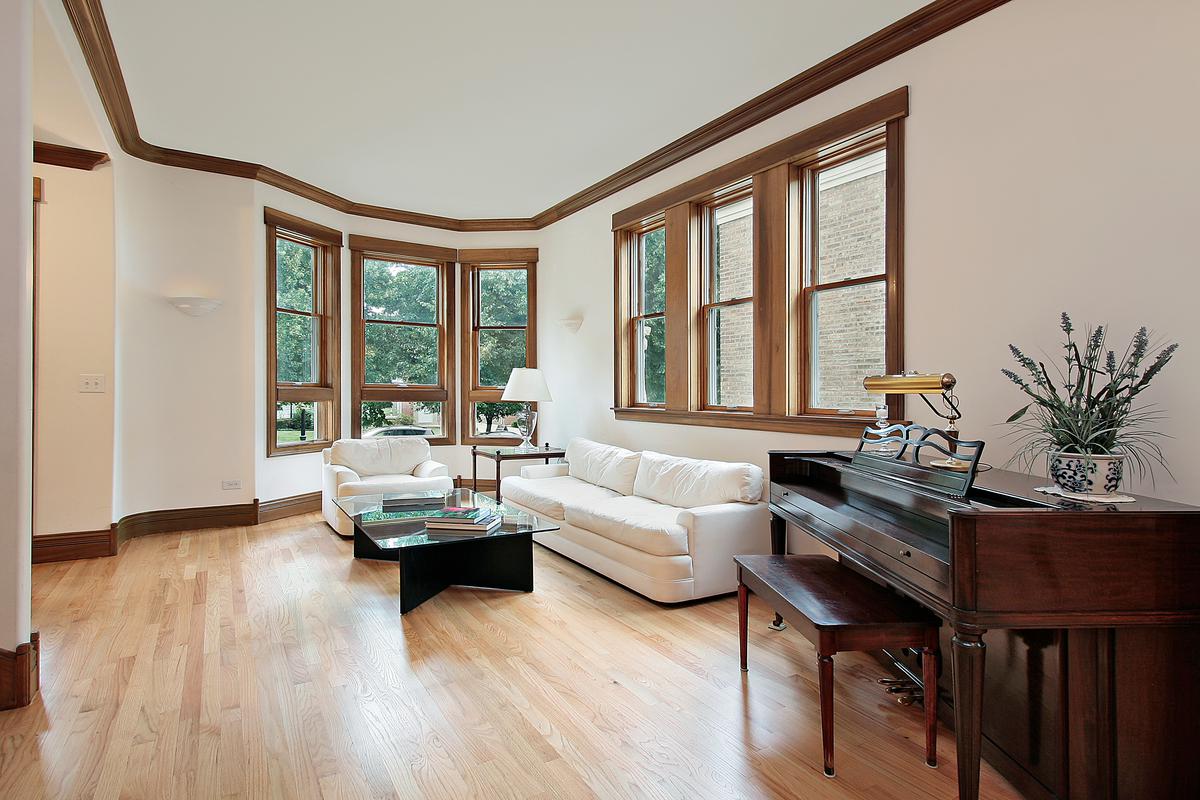
Your trim finishes can be used to accentuate the aesthetic of your home’s interior design.
Repairing trim and molding is important in order to make sure you have no damage in this area and water is not leaking into the home as well. A wall trim contractor can help with this in order to keep your home safe and secure. This type of molding trim is about more than cosmetics.
Beautiful crown molding trim can make a room feel larger by drawing your eye to the ceiling, even if you have a low ceiling. However, damaged molding trim will achieve the opposite effect. Damaged molding can expose seams and jeopardize the integrity of the molding in the long term if left unrepaired. This is why it is so important to maintain repairs as necessary.
An experienced DIYer can repair molding and wall trim with little difficulty. In most cases, a repair will involve replacing a segment of trim or molding as opposed to the whole thing. Doing this properly means determining the correct measurements and buying the correct color and material replacement so that your repair doesn’t stick out like a sore thumb. However, if there is widespread damage to your molding trim in various areas, it may be time to consider replacing the molding and getting a qualified professional involved.
Accessories
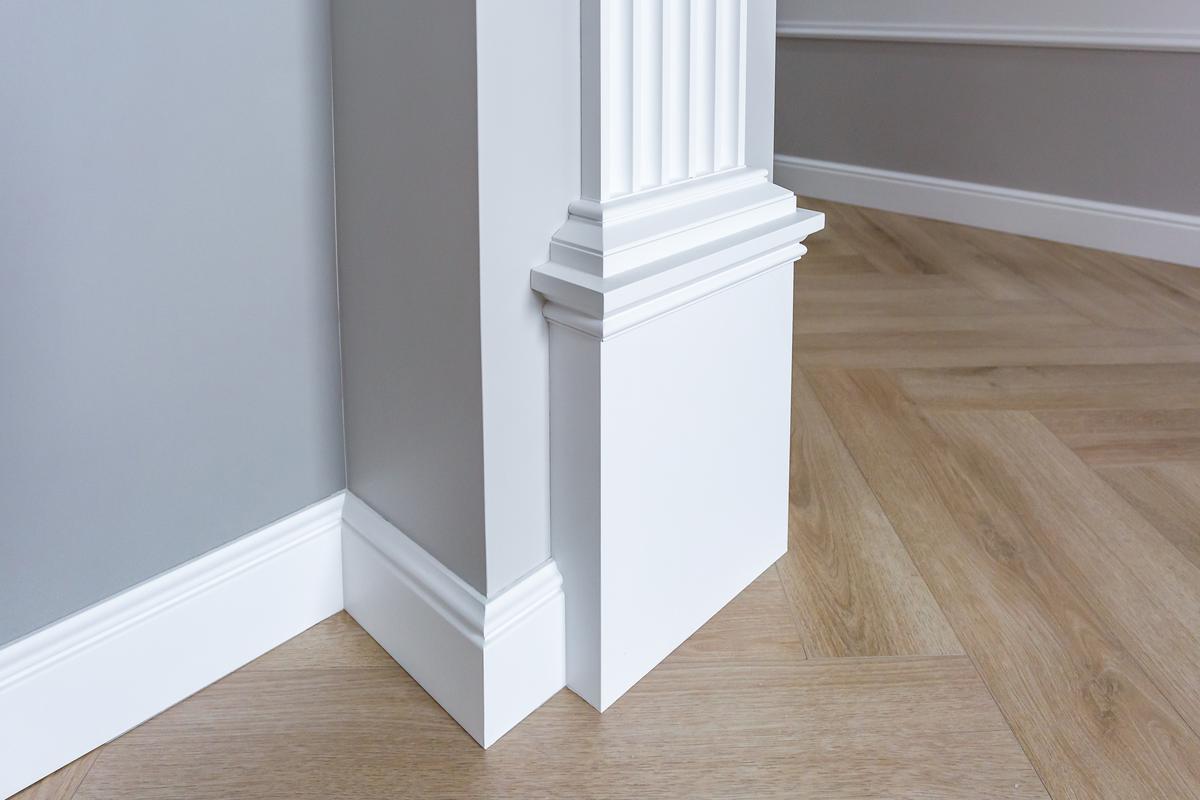
Crown corners can be used on the ceiling as well as on the floor.
Believe it or not, you can even accessorize crown and base molding for even more personality and style. Some of these accessories are extras you install to make the molding trim look nicer, whereas others are merely meant to help with installation. Intermediate blocks and divider blocks are both intended to help with installation by allowing you to cut the molding straight and avoid unsightly scarf joints.
Crown corners are a decor piece that can be added to ceiling trim and embellish its appearance. These corners can be as simple as a piece that is at a 90-degree angle, or they can have embellishments on them that distinguish them from the straight runs of ceiling molding. To eliminate the guesswork you can buy premade crown corners. Otherwise, you will have to measure and cut them yourself and this can be challenging if you do not have the proper tools or much experience with carpentry.
Rosettes are another common accessory used in molding for corners. They allow for a seamless transition from one direction to another by linking two sides of molding of the same size. They are perfect for running molding around doorways and windows.
Custom Molding
Custom molding is just that; trim or molding that is custom made for you. You may need to replace trim in a home that had custom molding originally or may appreciate the visual interest that custom molding adds to a room. This type of job usually involves custom wall trim contractor work.
Adding custom molding with the use of interior trim and a molding contractor can be an inexpensive way to add a lot of visual interest to your home and dress up an otherwise plain and drab room.
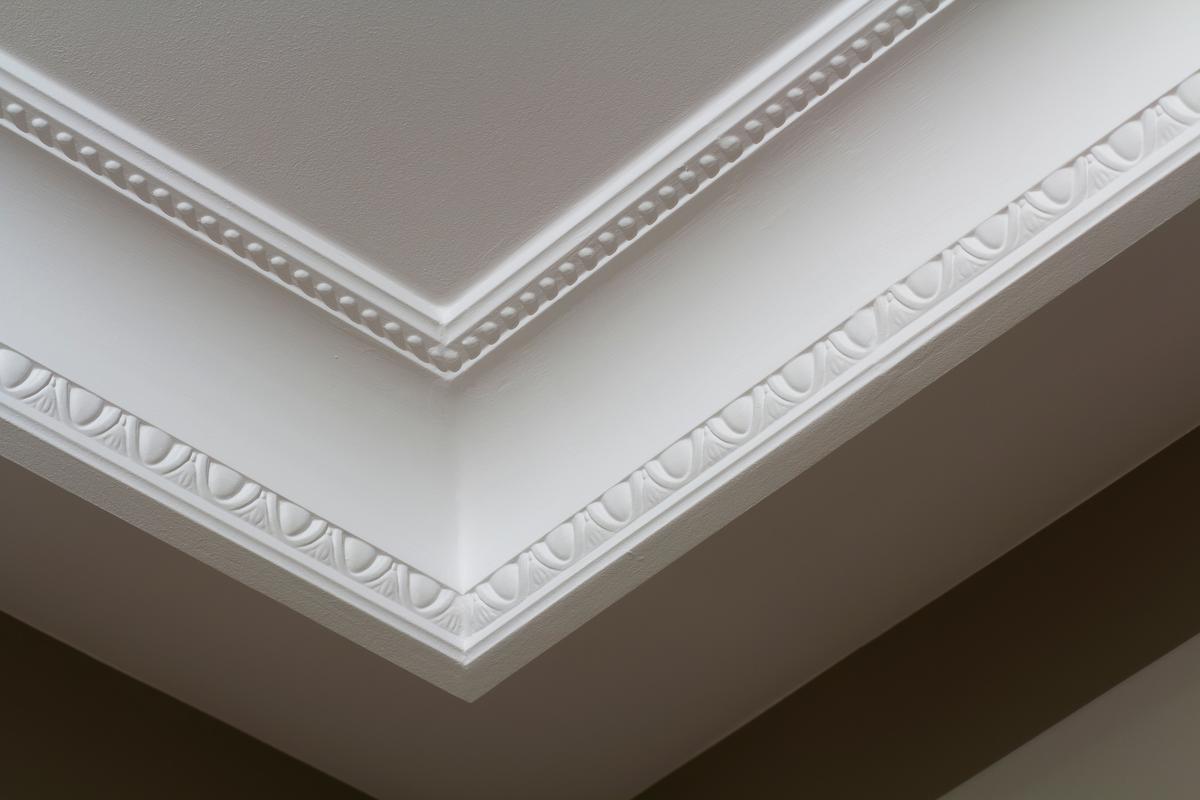
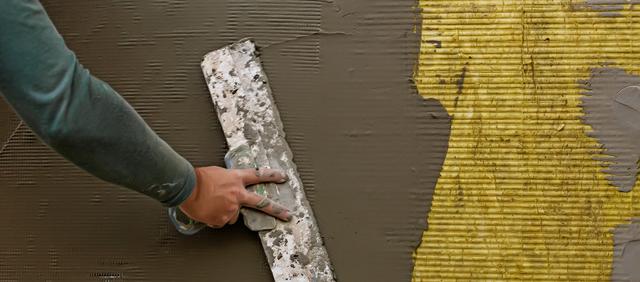
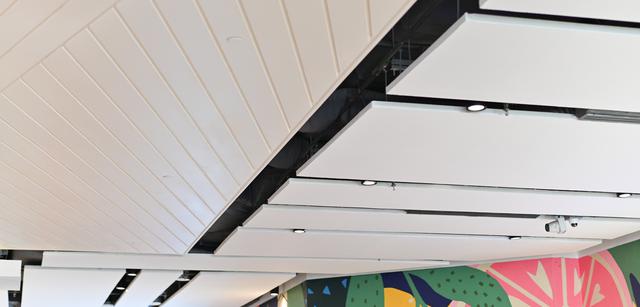

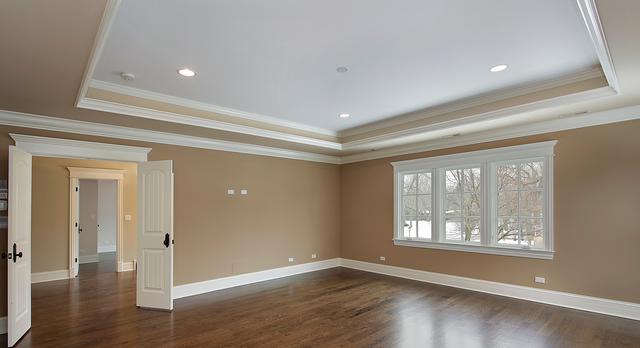
comments